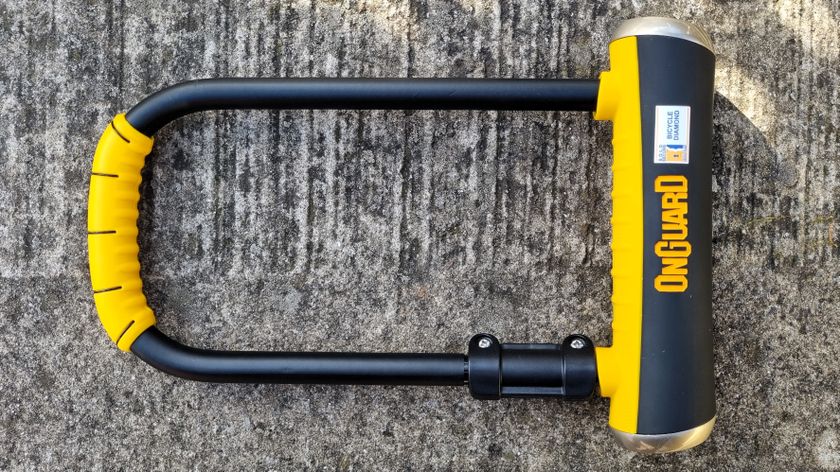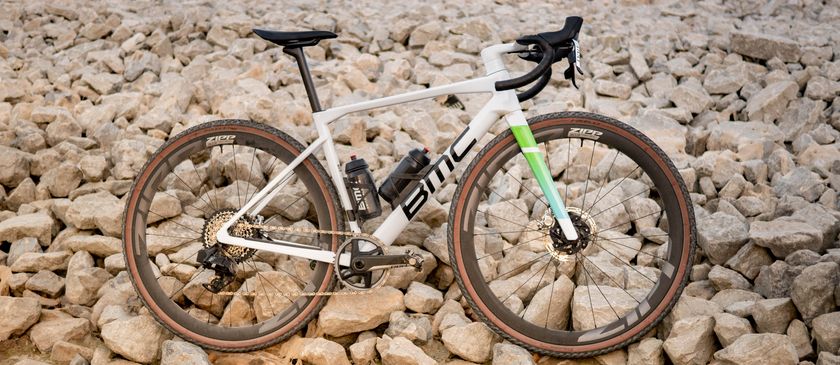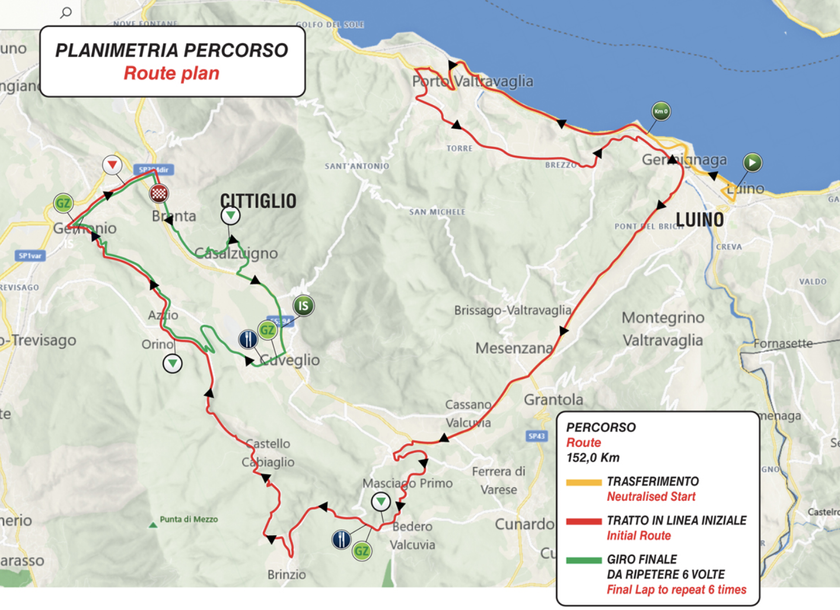You can trust Cyclingnews















This article originally published on BikeRadar
Specialized wandered into dangerous territory this year, replacing its much-loved S-Works Road shoe for an entirely new model that's supposedly better suited to the company's professional racers. We've been riding a set since September 2012, and as long as you can wrap your head around the polarizing aesthetics you'll probably find it a worthy successor.
If the old version was luxurious, the new S-Works is perhaps best described as purpose-built, with seemingly no excess material. Last year's thicker upper panels have been replaced by paper-thin synthetics; the thick and densely padded conventional tongue has given way to a sleeker, wraparound design; and save for the back of the heel, virtually all the pieces – even the mesh panels – are thermowelded together to minimize bulk.
Overall fit is very similar to before – and still outstanding – although not completely the same. According to Specialized's Kevin Franks, changes include a better-defined heel cup and more volume through the midsection, but a lower forefoot, all of which are intended to provide a sleeker feel and firmer hold.
We also noted a slightly less aggressive arch support (we rode with one old and one new shoe a few times just to be sure) as well as more upright sides to the toe box. The latter seems to be slightly wider and more squared-off than before.
The improved heel hold is noticeable, although it's a subtle improvement given that the previous version was already excellent in this regard. In general, however, the new S-Works feels more efficient and precise in terms of how it cradles your foot with less squish and less stretch.
That fit can be more finely tuned than before, too. Whereas the predecessor used two Boa S1 cable reels (one up top and another for the middle and front of the shoe), the new S-Works adds in a third hook-and-loop closure just behind the toe box.
Crank everything down if you wish, but otherwise it's easier to selectively tighten and loosen as needed. Thanks to careful placement of the rigid bits (such as the cable hardware and D-rings) we never discovered any ugly pressure points during longer rides, either.
Those rigid bits include the new Boa S2 Snap reels, with grippier and more aggressively shaped knobs that work better with gloved hands. Plus, the snap-in design is a breeze to replace if and when needed. Should a reel fail on the road, you can even interchange them so you can still pedal home. As a further convenience, the cable guides have open backs so you can quickly unhook the lines to create a gaping maw when getting the shoes on or off.
Specialized claims the new, highly asymmetrical carbon fiber sole is stiffer than before. In fact, it is, with even a handheld bending test readily revealing the upgrade. The previous version was already very stiff, though, and we doubt the vast majority of riders will feel the difference underfoot.
However, the new sole's boxier and broader cross-section is noticeably better in terms of torsion, lending a more stable foundation when you're cranking out of the saddle and tossing the bike from side to side.
As before, the company's long-standing Body Geometry features still factor in, including arch support integrated into the sole, a 'metatarsal button' in the insole to help maintain circulation to your toes, and a bit of varus wedge built into the shoe to supposedly improve knee tracking. Not everyone needs all of this, of course, but in our experience the BG package does help lots of people while offending comparatively few.
Ventilation has improved dramatically despite the omission of last year's mesh panels around the midfoot. While the mesh areas around the toe box aren't quite as open as before, they cover more surface area and seem to let in more air. Meanwhile, the entire midsection of the new shoes is riddled with holes. Coupled with the thinner upper materials, we found ourselves reaching for booties even on moderately cool days.
The one questionable change is the new aesthetic, which boldly highlights the shoe's asymmetrical construction. Riders seeking a more modest look can opt for a two-tone matte/glossy black color, but otherwise it's a choice between white/black and white/red compared to the previous version's more classic appearance.
It's also worth noting that the new shoes require more break-in time than before. In fact, after years of happy pedaling in the previous S-Works, we weren't exactly bowled over by these at first. They felt disappointingly stiff and unyielding, and the fixed, wraparound tongue dug into the front of our ankles. Thankfully, things softened up considerably after about 10 hours of saddle time, and it's been smooth sailing since, so keep that in mind if you're considering a switch.
So far, our test shoes have been holding up well, too, with no Boa reel issues, blown-out seams, or unusual wear up top. As expected, the exposed carbon soles easily scuff and scratch if you walk around on uneven surfaces, but the damage has only been cosmetic. Thankfully, the heel tread is once again replaceable.
Our size 43 test shoes weigh just 460g with insoles – a drop of just 10g according to our scales, so it seems more a matter of weight getting moved around rather than reduced overall (which is perfectly fine in this case). Curiously enough, we found ourselves moving down half a size in spite of Specialized proclaiming a tighter and snugger fit than before. So, as always, try before you buy.
And finally, there's the matter of price. While the new shoes are an improvement in many ways, the cost has climbed into the exotic range at US$400/£240 per pair. Ouch.
Price: US$400/£240
Weight: 460g (pair, size 43, with insoles)
Available sizes: 38-48 (half sizes from 40-47) plus wide and narrow lasts
Available colors: matte black, white/black, white/red
Cyclingnews verdict: 4 ½ stars
More information: www.specialized.com
Most Popular




